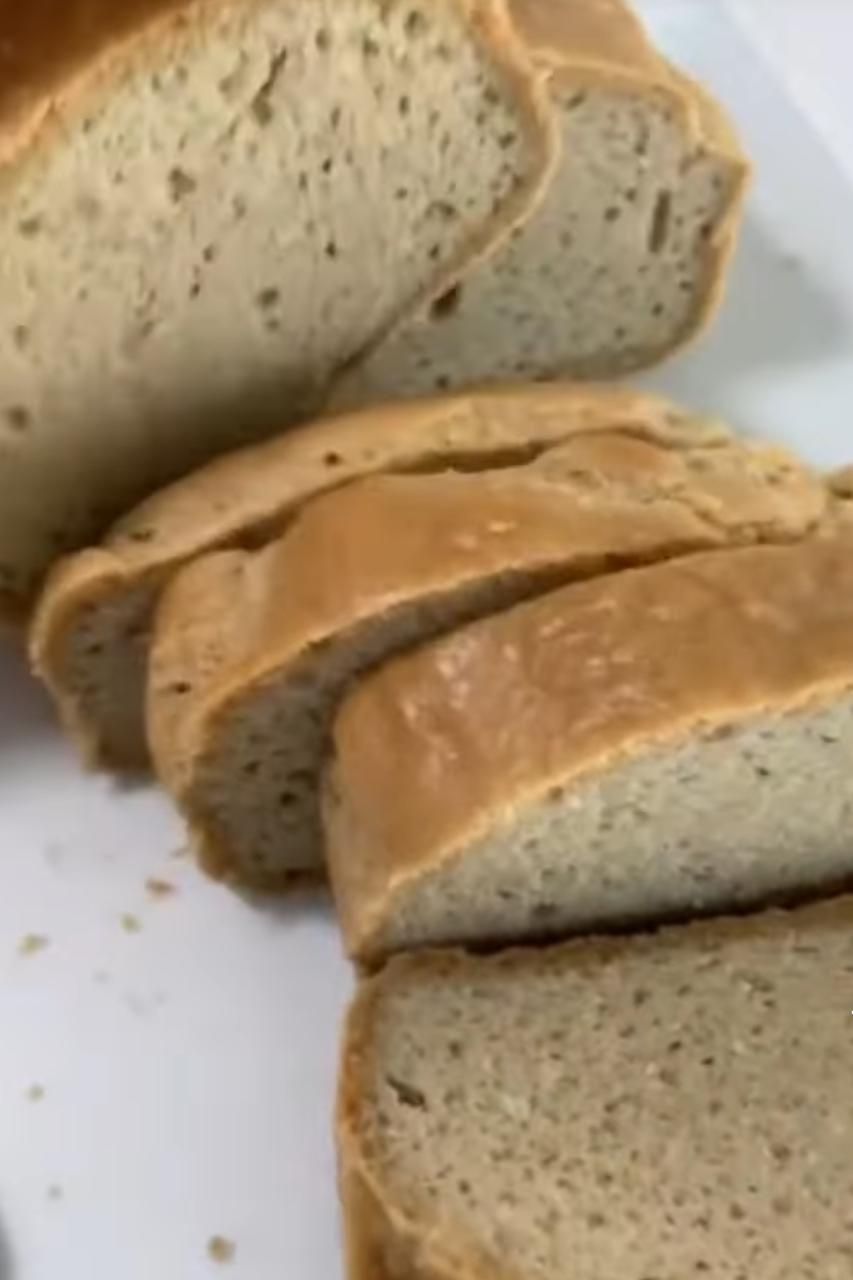The Ultimate Guide to Keto Bread: Recipes, Tips, and Common Mistakes
Giving up bread is one of the biggest hurdles for anyone starting a keto diet. After all, bread is a staple in many diets, from morning toast to lunchtime sandwiches. But here’s the good news—you don’t have to say goodbye to bread forever. We are here to help you save the day!
Whether you’re missing that soft, fluffy slice or just want something to spread butter on, keto bread is the perfect low-carb solution. The best part? It’s surprisingly easy to make at home with just a few simple ingredients. In this guide, we’ll break down everything you need to know about it, including recipes, essential tips, and how to avoid common baking pitfalls.
Why Regular Bread Doesn’t Fit into a Keto Diet
Bread is often the first thing to get the boot when transitioning to keto, and for good reason. Traditional bread is packed with carbs that can derail your ketosis in just a few bites. But why exactly does regular bread clash with a low carb diet? Let’s dive into the details.
High Carb Content in Traditional Bread
A single slice of regular white bread contains around 15-20 grams of carbs. If you’re following a strict keto diet, that could take up most—if not all—of your daily carb allowance. Even so-called “healthy” whole grain or gluten-free breads aren’t much better, often sitting at 12-15 grams of carbs per slice.
“One slice of bread might not seem like much, but on keto, it’s the equivalent of using up half your gas tank for a short trip!” 🚫🍞
How Bread Affects Blood Sugar and Ketosis
When you eat regular bread, your body breaks it down into glucose, causing a spike in blood sugar. This triggers the release of insulin, which stores that glucose as fat if it’s not used for energy. For keto followers, that’s a big no-no. The goal is to keep insulin levels low and your body in fat-burning mode.
By cutting out traditional bread and opting for low carb alternatives, you avoid those blood sugar spikes and keep ketosis humming along smoothly. Learn more about how keto supports fat-burning in our benefits of the keto diet.
The Demand for Low-Carb Bread Alternatives
The love for bread runs deep, and low carb dieters have been on a mission to create low-carb substitutes that taste just as good as the real thing. From almond flour loaves to coconut flour rolls, the options are growing—and they’re delicious.
If you’re craving crunchier alternatives, check out our recipe for keto crackers that pair perfectly with cheese or avocado.
What is Keto Bread?
If you’re new to low carb bread, you might be wondering—what exactly makes it different from regular bread? The answer lies in the ingredients and the macronutrient breakdown.
Definition and Key Characteristics
Keto bread is a low-carb alternative to traditional bread made from almond flour, coconut flour, psyllium husk, eggs, and other low carb ingredients. Unlike regular bread, it’s high in fats and fiber while being extremely low in carbs.
How Keto Bread Mimics Traditional Bread
While keto bread doesn’t have the exact chewiness of wheat bread, the right combination of ingredients can create a texture that’s soft, fluffy, and perfect for toasting or sandwich-making. Binding agents like psyllium husk and xanthan gum help mimic the elasticity that gluten provides in regular dough.
For more on how to incorporate low carb bread into your meals, check out these keto lunch ideas for inspiration.
Benefits of Keto Bread for Low-Carb Dieters
- Keeps you in ketosis – With minimal carbs, you can enjoy bread without disrupting your fat-burning state.
- Rich in healthy fats – Ingredients like butter, eggs, and almond flour add satisfying fats that keep you full longer.
- High in fiber – Psyllium husk and coconut flour contribute to better digestion and gut health.
“Keto bread isn’t just bread—it’s fuel that fits perfectly into your low-carb lifestyle.” 🍞✨
Essential Ingredients for Keto Bread
Crafting the perfect keto loaf starts with the right ingredients. Forget about wheat and yeast—these low-carb substitutes are the building blocks of keto bread.
Low-Carb Flours: Almond and Coconut Flour
The stars of keto baking are almond and coconut flour. They’re low in carbs, high in fiber, and add a subtle nutty flavor to your bread.
- Almond Flour – Light and airy, perfect for soft loaves. Try our almond flour keto bread for a delicious homemade option.
- Coconut Flour – Dense and absorbent, great for denser breads.
Pro Tip: Combining the two often yields the best texture!
Binders: Eggs, Psyllium Husk, and Xanthan Gum
Without gluten, low carb bread can crumble. That’s where binders come in.
- Eggs – Provide structure and moisture.
- Psyllium Husk – Creates elasticity and a fluffy texture.
- Xanthan Gum – Acts like gluten, giving the bread a chewy bite.
Healthy Fats: Butter, Coconut Oil, and Cheese
Fat is your friend on keto, and it plays a crucial role in bread recipes. Butter, coconut oil, and cheese add richness and flavor while keeping the loaf moist.
For dessert ideas to complement your low carb bread, don’t miss this indulgent keto cheesecake recipe.
Must-Have Kitchen Tools for Baking Keto Bread
While you don’t need a bakery’s worth of equipment, a few essential tools make keto bread-making easier and more efficient.
Final Thoughts: Enjoying Bread While Staying Low-Carb
Keto bread proves that you don’t have to give up comfort foods to stick to your low-carb goals. With the right ingredients and a little creativity, you can bake delicious, satisfying loaves that rival traditional bread. Whether you’re making a classic almond flour loaf or experimenting with new flavors, low carb bread can become a staple in your kitchen. So, preheat the oven and get ready to enjoy bread that fits perfectly into your low carb lifestyle! 🍞✨
